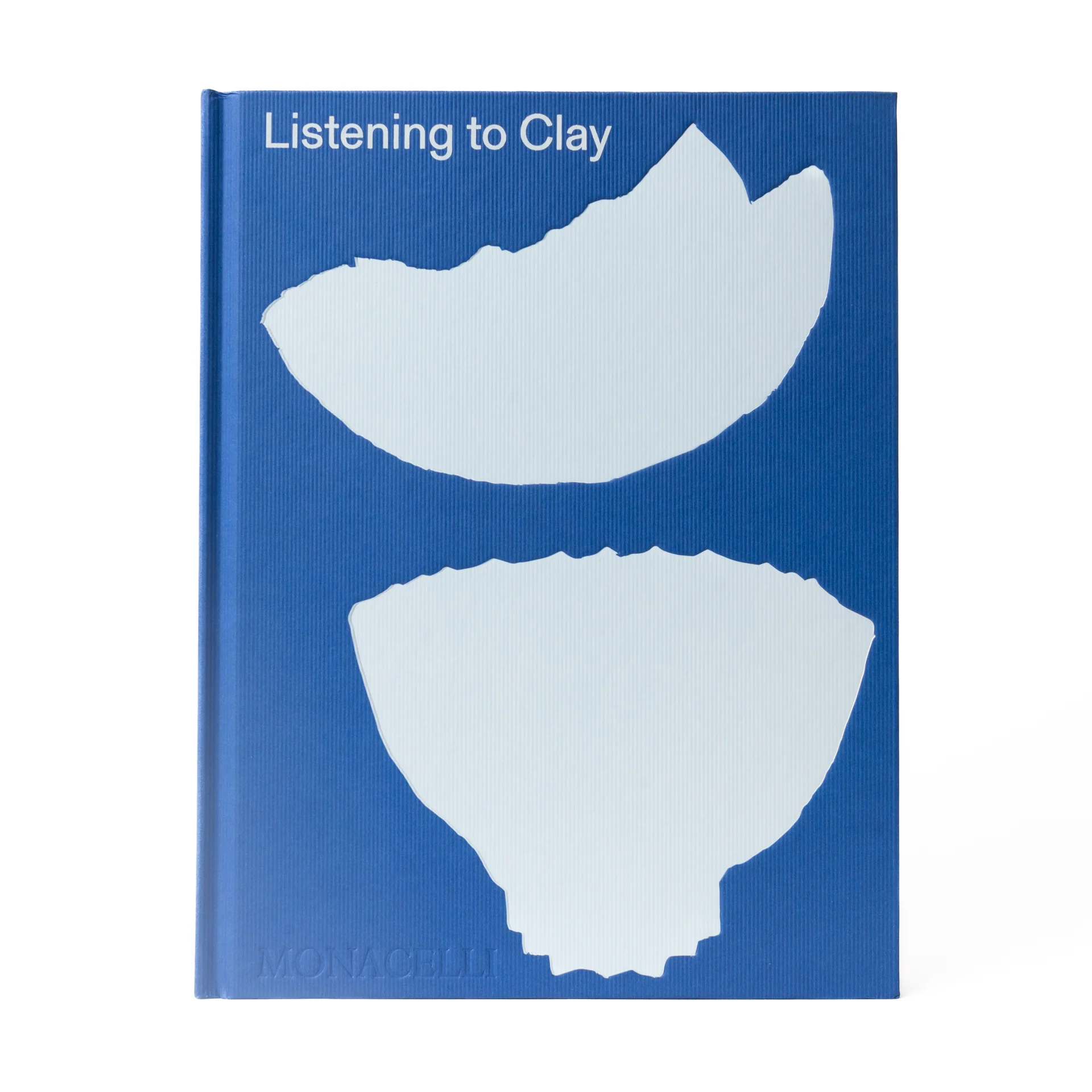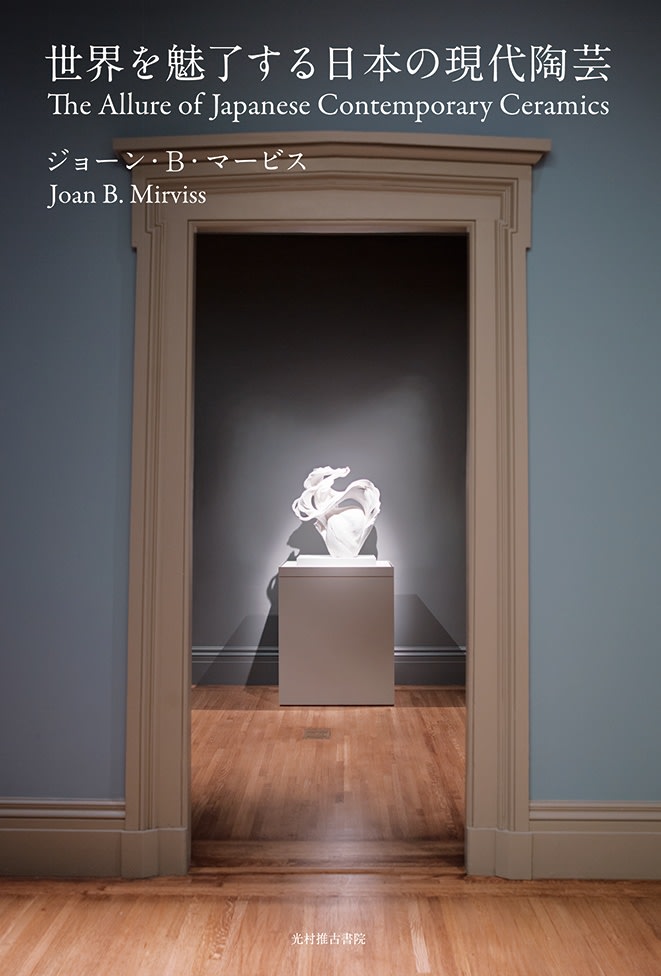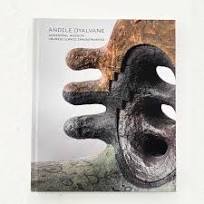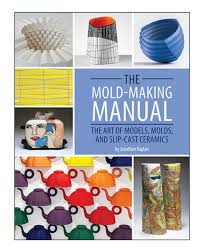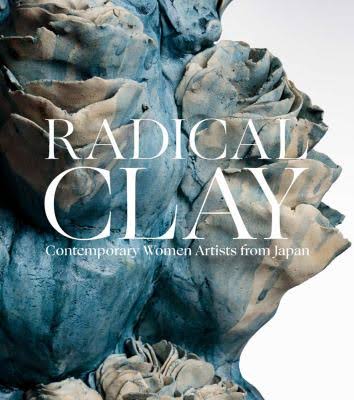
RADICAL CLAY: CONTEMPORARY WOMEN ARTISTS FROM JAPAN
A catalog that accompanies a unique exhibition of 36 contemporary, groundbreaking, Japanese women artists, from the private collection of Carol and Jeffrey Horwitz (Chicago Institute of Art 2023). These artists pushed the boundaries of clay in their ideas, style, and technique. They display a high level of technical virtuosity with Sisyphean labored surfaces, complexity, and detail. Many of these artists have works in leading museum collections including the Metropolitan Museum of Art in New York that has an impressive permanent collection of modern Japanese ceramics. They make loaded figurative works in bright colors, hildlike with an anti-aesthetic. The issues they raise concern gender, race, identity and social issues influenced by pop artists such as Andy Warhol, Oldenberg, Walt Disney with consumer symbols and Afro American iconography.

